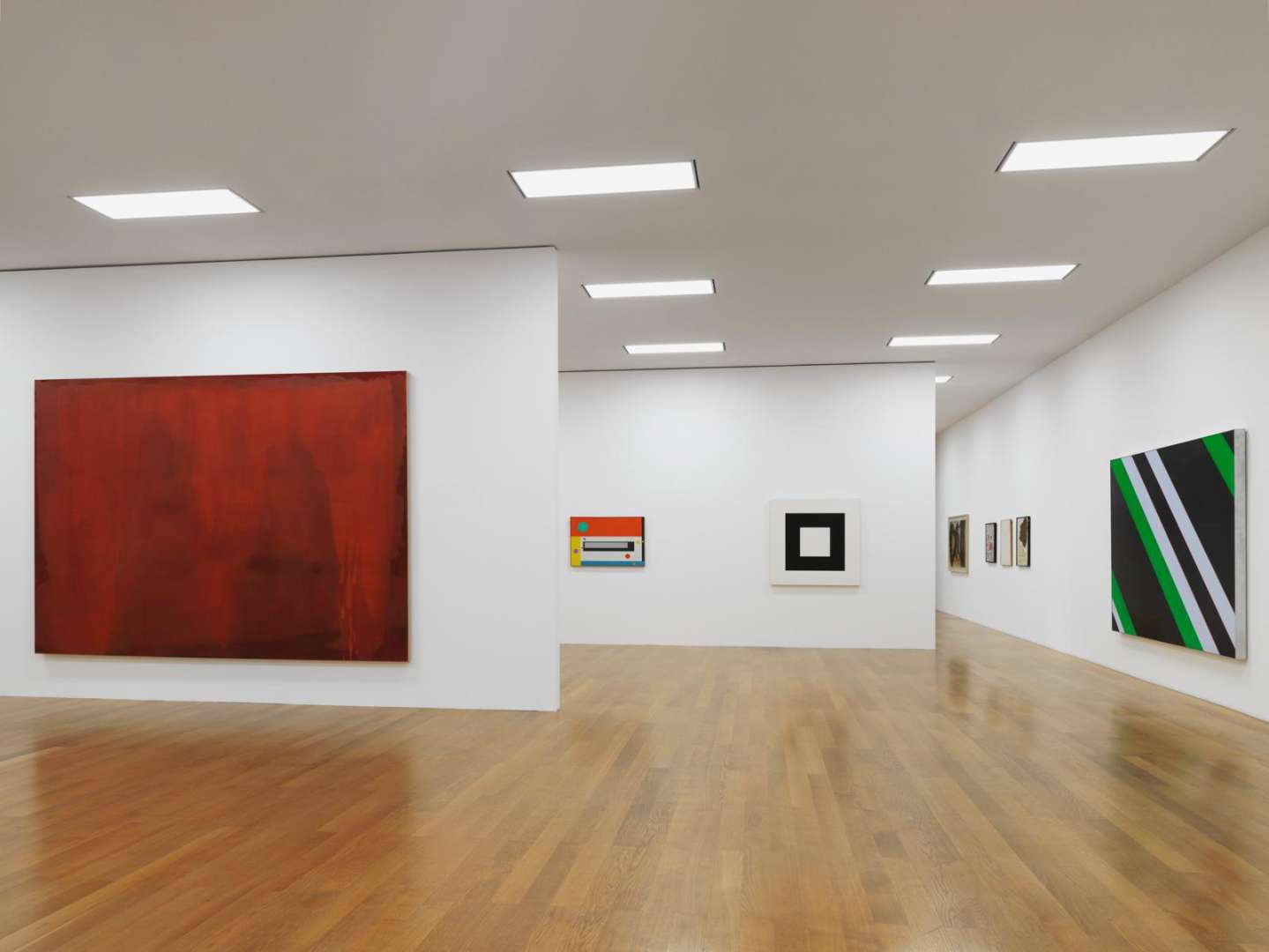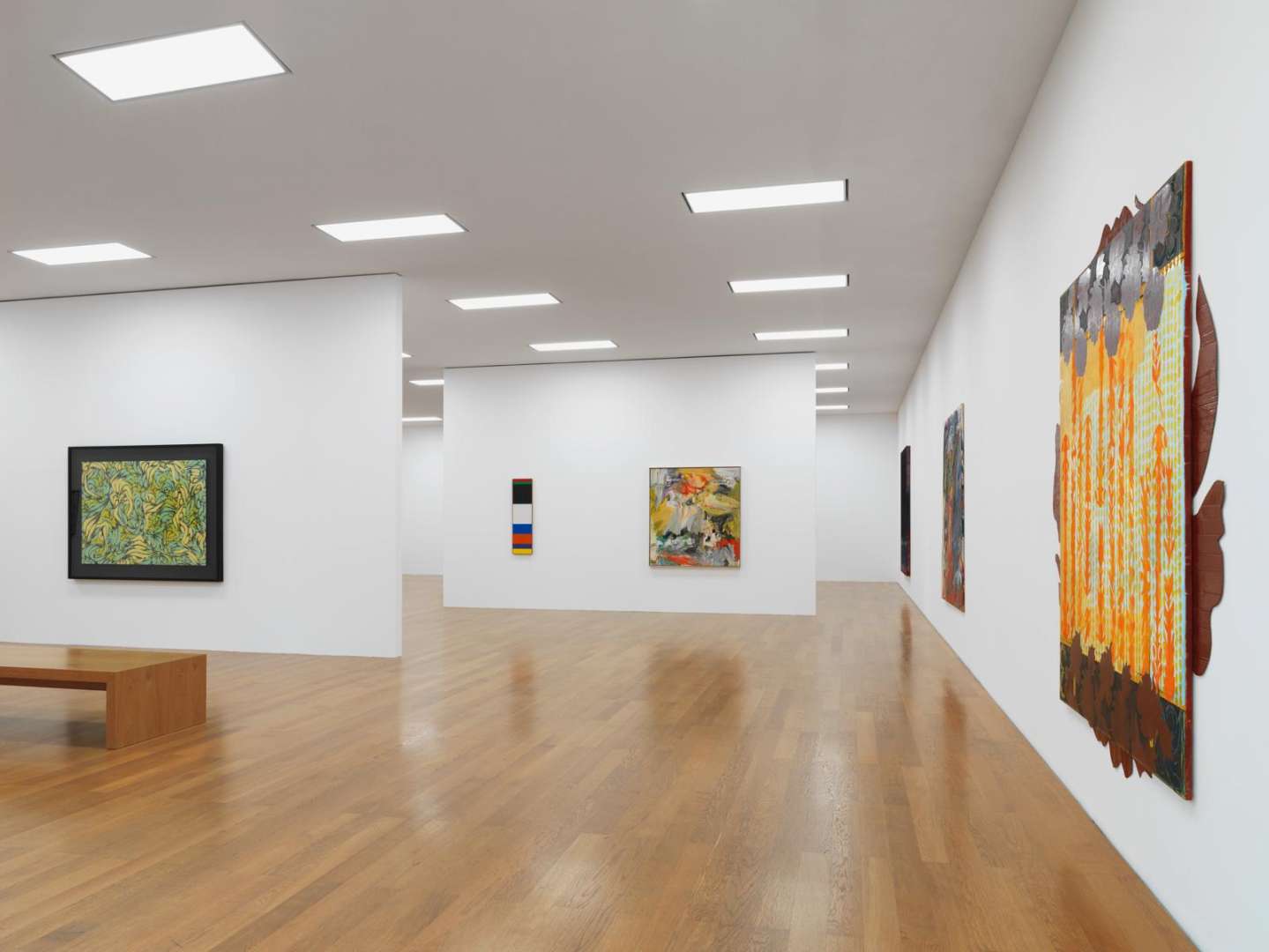This show presents two of these lines.
Writing already played a certain role in the art of cubism and surrealism, with the scriptural becoming a formative element of painterly practice after 1945. The Letterists (Isou, Altmann) based their work on the character itself, while other artists used abbreviated signs (Twombly, Tapiès, Kehrer) or expressive simplified forms (de Kooning, Stöhrer). Parallel to this, artists continued to evolve an aspect of pre-war abstract painting, the organisation of surfaces on the support. While they can appear purely two-dimensional (Graeser, Uglow, Fruhtrunk, Nemours), a younger generation also understands surfaces as membranes between spaces (Carstensen, Büchel, Ikemura, Bohatsch), treating them accordingly with their painting techniques.
Since the end of the Second World War, painting has followed various lines of development, on the one hand embarking on new avenues and on the other perpetuating traditional lines of the avant-gardes of the early twentieth century.



